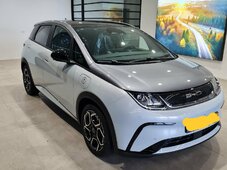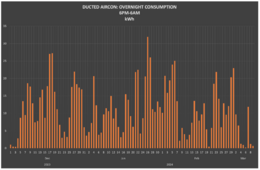A few points:
There is quite a distinction between V2L, V2H and V2G. Their use cases are quite variable.
V2L is what most EVs have already (aside from most common Tesla models). It's a really handy portable source of power when out and about, or for supplying some temporary backup power when it's not available at home.
V2H/G requires a whole different level of integration, using a 2-way charge station. These are a nascent technology and at present very expensive - they will improve and reduce in price. Their use case is more confined of course but it will have its uses. It's already been trialled here and elsewhere.
V2G will also likely require power distribution company approval to be connected as a grid tied generation source. There will be standards required for it (which are not yet in place in many parts of the world but it is being worked on).
As to any effect on an EV's battery/warranty, the sort of power draw available via V2L (a handful of kW) is tiny compared to the power demand from the drive motors in the car or the sort of charge rates from a DC fast charger. V2L is not going to stress the battery, in the same way AC charging does not stress it. The C rates for AC charging and V2L discharging are (in order of magnitude terms) in the 0.01C to 0.1C range, it's just not an issue for the car's battery which is designed to regularly deal with charge/discharge in the 1C range.
The on-board discharge systems also have in-built protection from over discharge (e.g. I cannot discharge mine below 20% SOC) and the low rate of discharge means it's hard to actually add much to the cycle count. V2L, in terms of battery life, is noise, not signal.
V2H and V2G will be very useful in many homes, and not so useful in many others. Just because it wouldn't work for you does not mean the same applies to everyone else.
V2G is expected to play a minor but helpful role in our (Australia's) grid energy solution in the decades ahead. It's been modelled in the long term strategies for our grid's transition to low carbon energy. It can assist with peak demand shaving, while providing a useful and controllable load when the grid needs it. Not every EV will be able do this, but that does not matter. It only requires a proportion of them to be able to usefully contribute.
My EV (an MG4 Essence with a 64 kWh battery) has V2L capability. Using the standard V2L connector, it's only rated to supply a modest ~2.2 kW. The on-board inverter is capable of supplying 7 kW (it's been tested by some in the UK) but I'm not going down the path of making custom connectors to access it as I don't need it. There are connectors available which increase the power out capacity to ~ 3.6 kW.
In terms of powering household loads directly, obviously ~2-4 kW is handy but limited.
It's great for powering essential items in a grid outage. And in recent times here there have been severe weather events in QLD and most recently in VIC which took out the grid power for various regions and many thousands of homes for days and weeks. Many of those with EVs realised they now had a source of backup power and in the mainstream local media this was now being reported as a thing, e.g. a
mother using it for her child's life support equipment, while others getting creative in helping out others needing some short term power supply.
Now I have a home off-grid battery system which runs the home and a reserve capacity for outages, using the V2L for short term outages isn't on my radar. But the V2L does provide me with an extra source of energy should I need it, especially if the outage is extended and the solar production is poor. In my case it makes more sense to use it for supplemental charging of the home battery rather than powering the home directly. I did a video on that:






